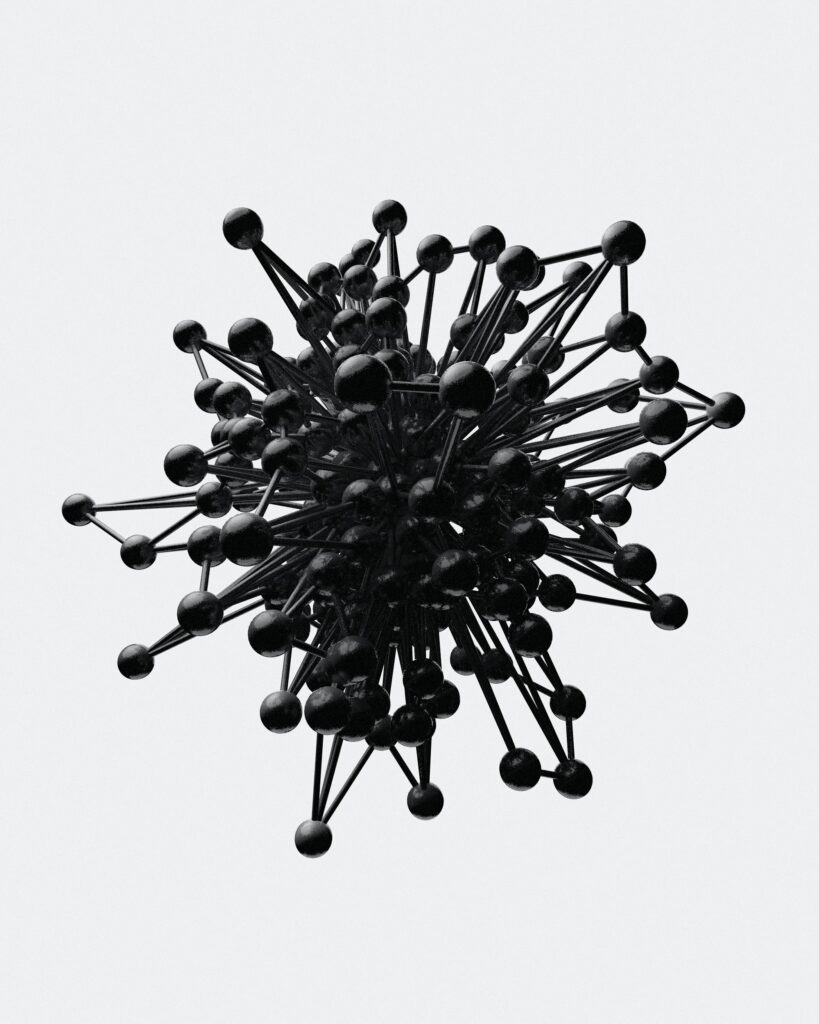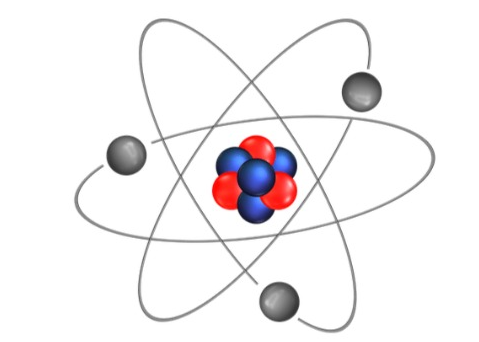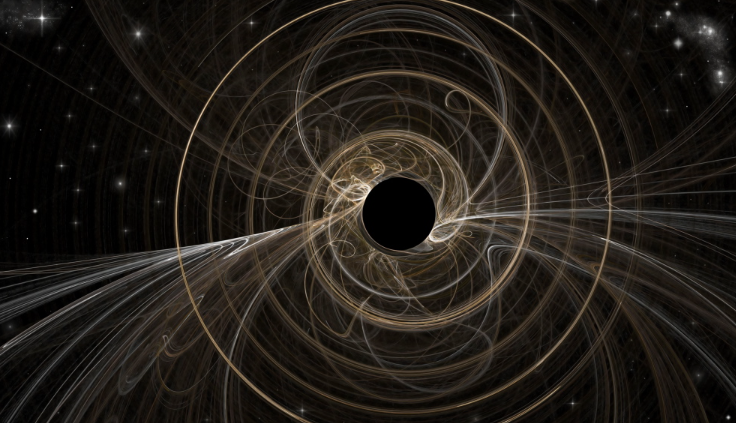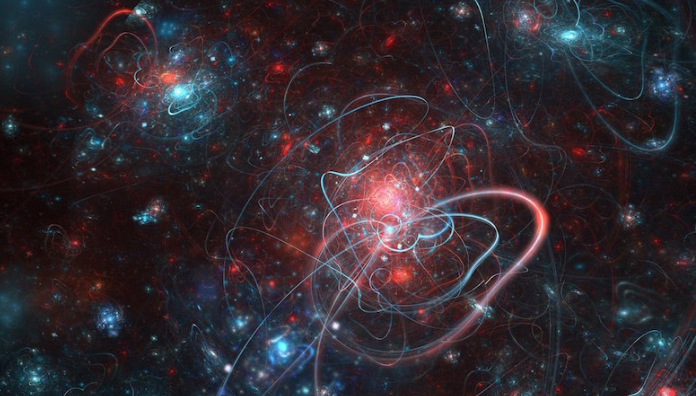Have you heard, the theory of the discontinuity of matter?

What structure does matter have? What is it like inside? This question has historically generated a debate between continuity or discontinuity of matter, on the one hand, common sense tells us that with our hands or with instruments we can cut or subdivide pieces of matter into smaller and smaller parts in a process whose limit, perhaps it is only imposed by the instruments, but not by the matter itself (continuity of matter). However, it is also possible to assume that this subdivision process does have a limit, imposed by the very nature of matter or, in other words, that materials are made up of tiny particles that cannot be subdivided or cut again (discontinuity of The matter).
We find the most relevant original contributions in relation to this debate more than 2,500 years ago, in the philosophers and scientists of ancient Greece.
Among them, Leucippus (450 BC – 370 BC) is credited with being the first to think of dividing matter until obtaining a particle so small that it cannot be further divided: the atom (atom means in Greek the which cannot be divided). Democritus (460 to 370 BC), a disciple of Leucippus, adopted this proposal, considered that atoms are in motion and assumed that they are distinguished from each other by shape, size, order and position. He stated that thanks to the shape that each atom has, they can be assembled (although not merged, since there is a minimum amount of emptiness between them that allows their differentiation) and form bodies. And he also supposed that the soul is also made up of atoms, these being more spherical than those that make up other things. All this constitutes the first elaborated model of discontinuous matter, formed in the last instance by indivisible particles.

For Democritus, the movement of atoms in a vacuum was an inherent feature of them and he assumed that it was produced by forming a vortex or whirlpool. This whirlpool favored that their collisions, unions and separations conform the different objects and beings. Democritus also explained sensitive perceptions, such as hearing or vision, within the framework of this model. He interpreted them as a consequence of the interaction between the atoms that supposedly emanate from the perceived object to the receiving organisms.
Let’s carry out the following experiment that explains the operation of the theory of the discontinuity of matter. Let’s get to work!





Responses